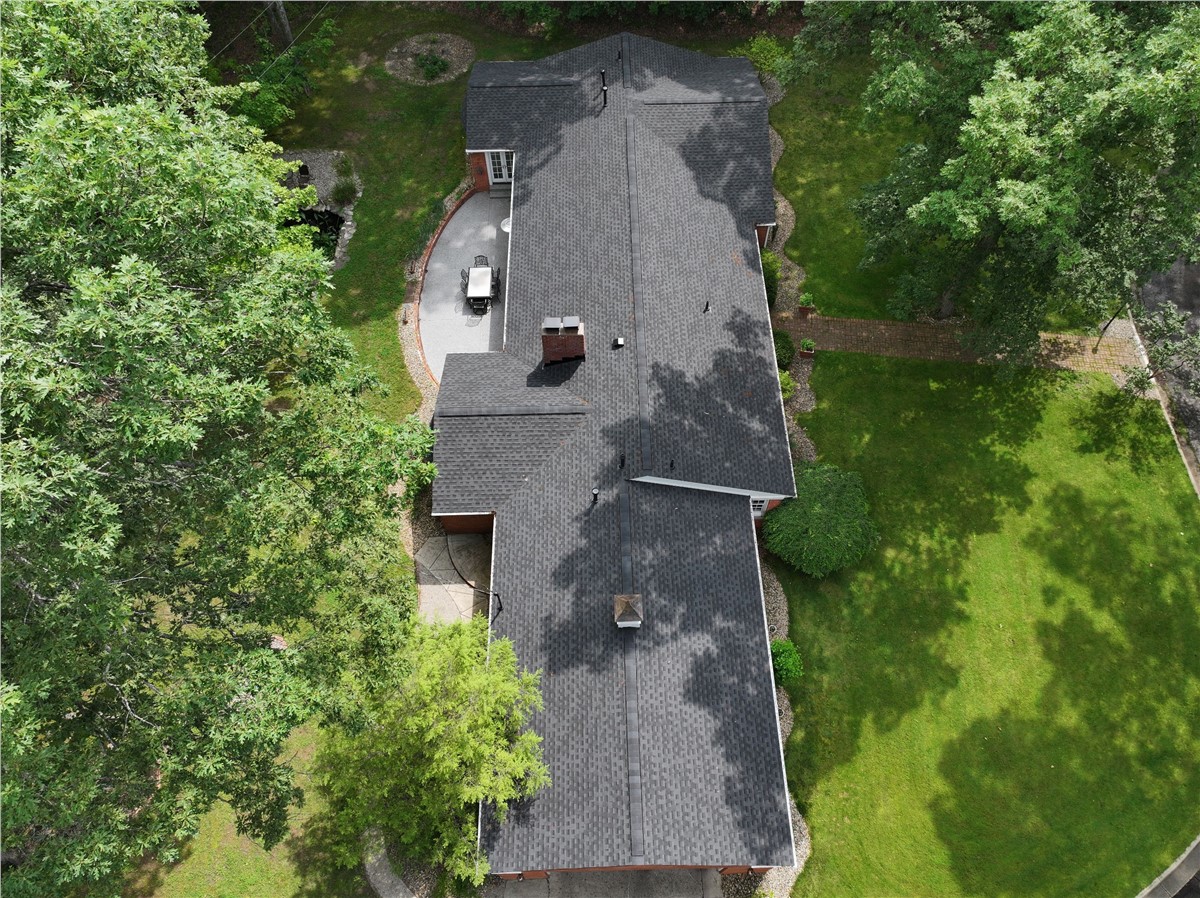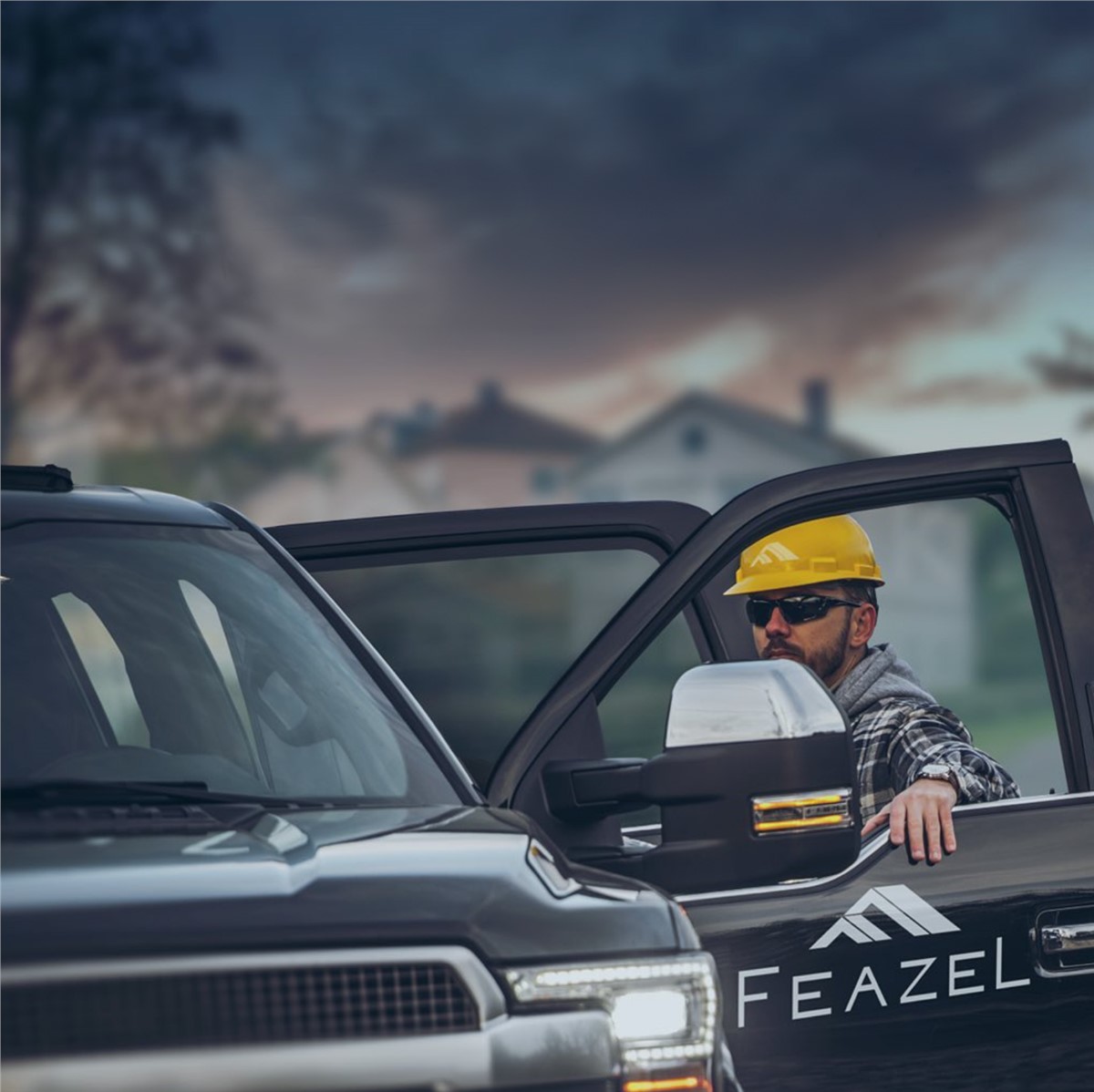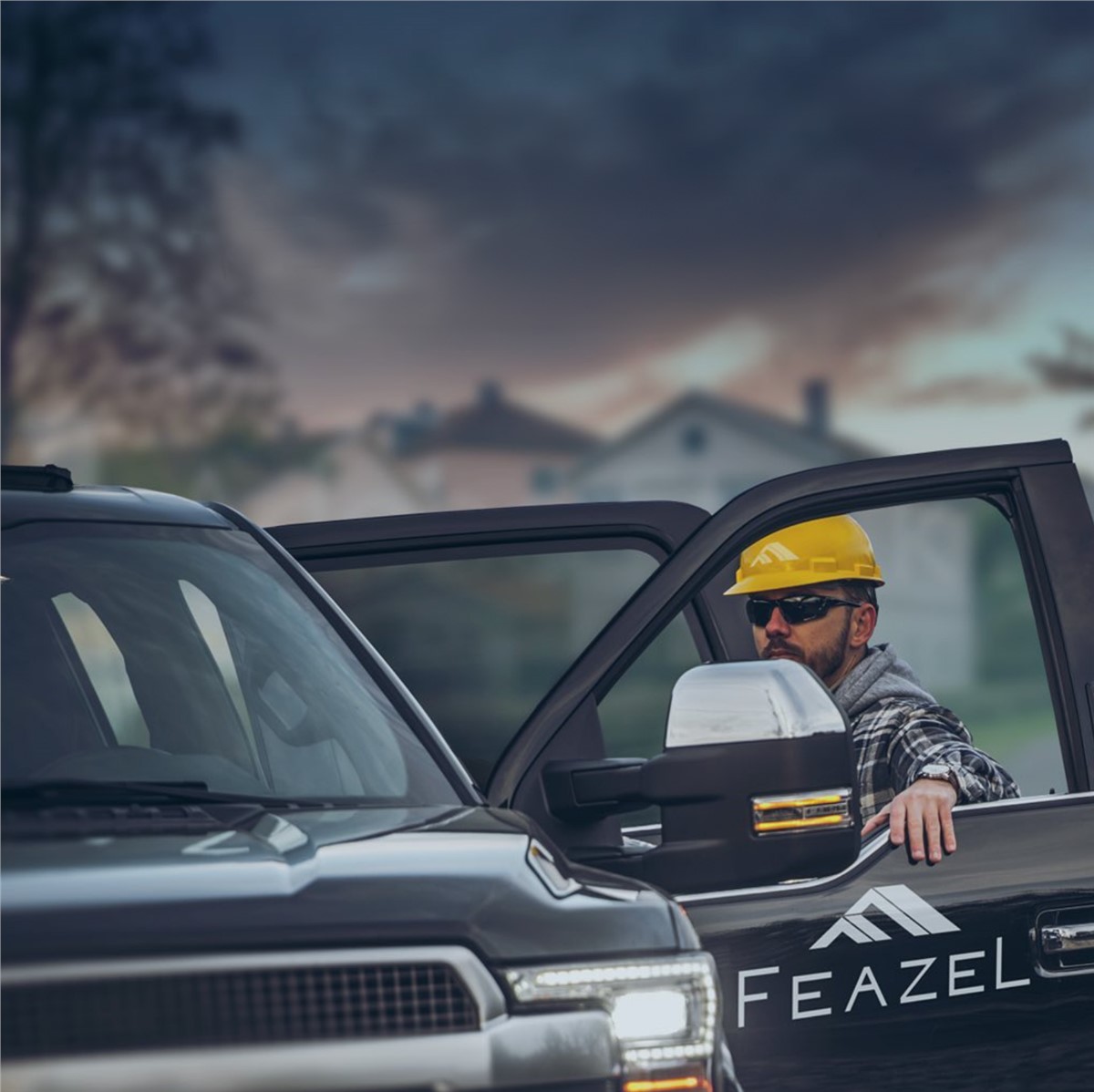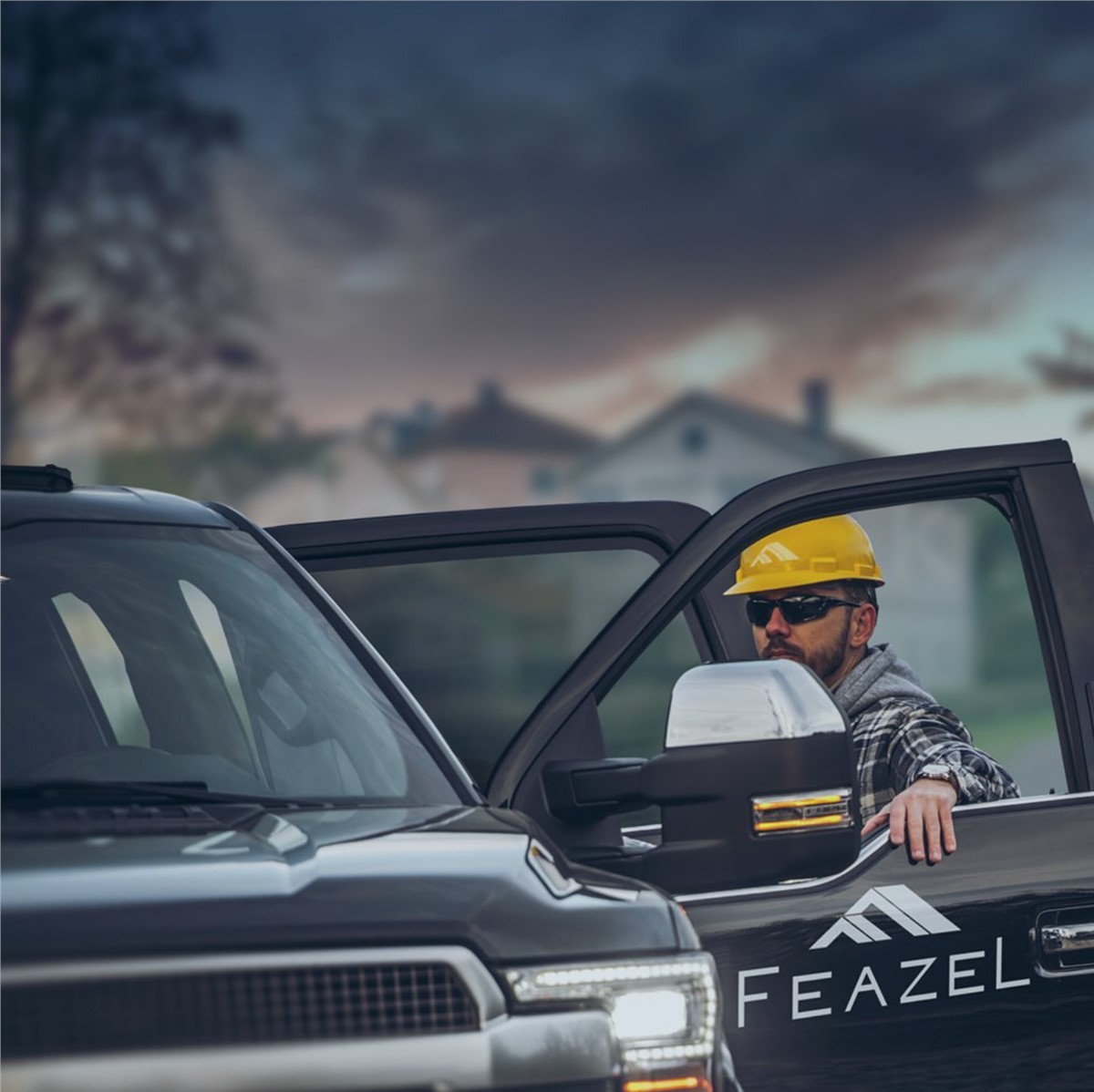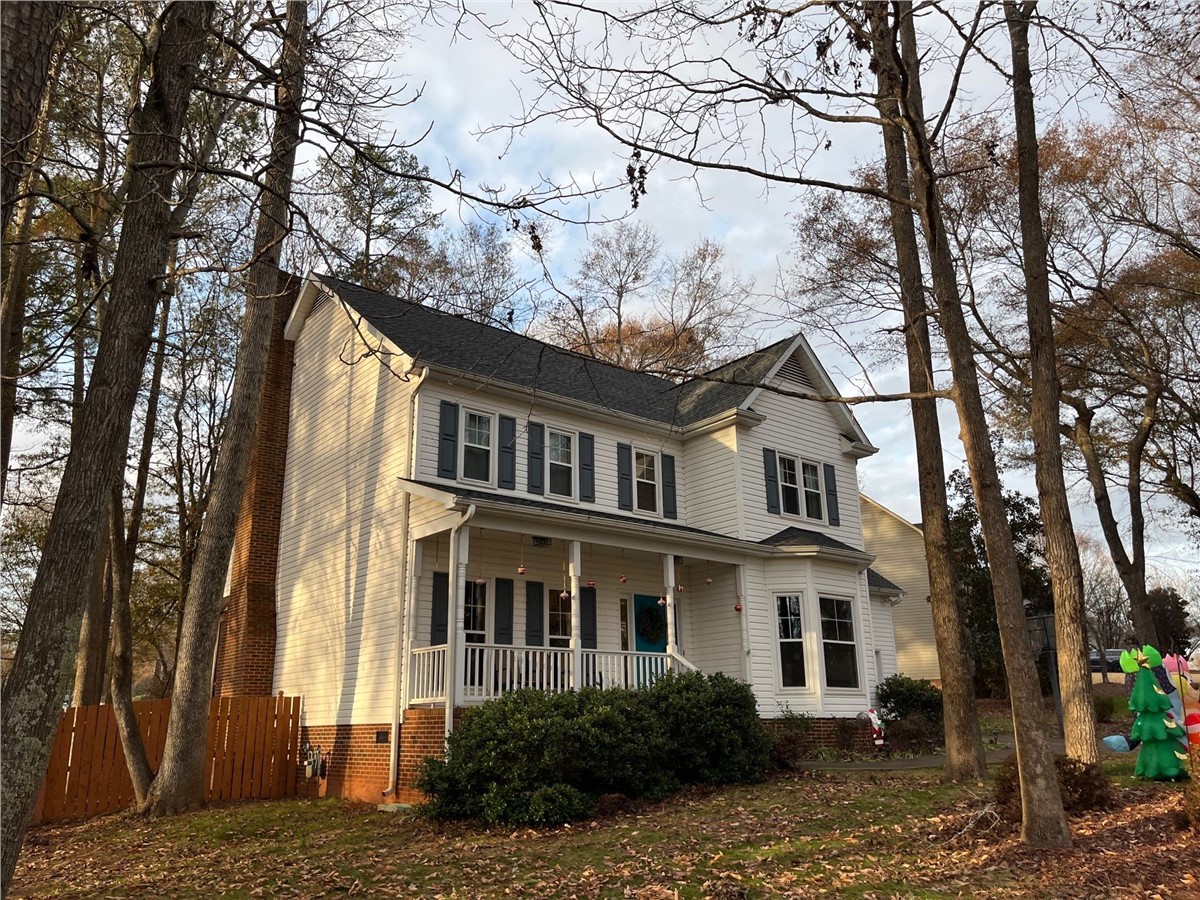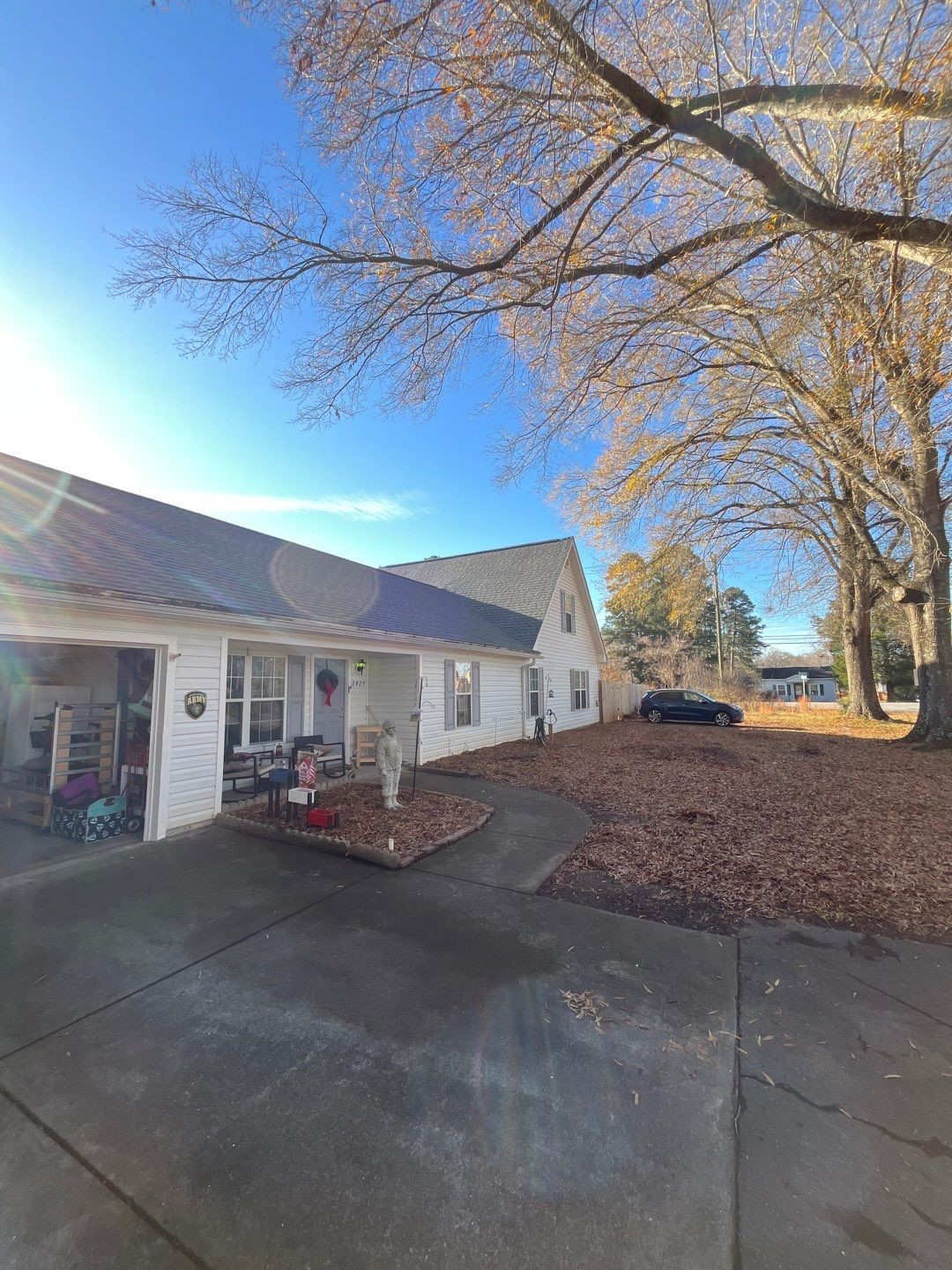Finding a roofer in Westerville, OH can sometimes be easier said than done. Situated right outside of Columbus, there are endless results that will pop up from a quick Google search, all claiming to be the best roofer for the job.
Read MoreYour home's siding panels assist with several home functions, from energy efficiency to reliable weather resistance to curb appeal. It's important to maintain high-performing siding, but the signs of when your current materials are wearing out aren't always easy to determine.
Read MoreNorth Carolina homes experience it all—from tropical storm effects to diverse weather conditions. That’s why choosing a trustworthy roofing contractor will make all the difference between a new roof and a long-lasting roof.
Read MoreLiving in Dayton means being prepared for the possibility of severe storms and tornadoes. These natural events can cause significant damage to homes and pose serious risks to personal safety.
Read MoreLiving in Columbus means being prepared for the possibility of severe storms and tornadoes. These natural events can cause significant damage to homes and pose serious risks to personal safety.
Read MoreLiving in Cincinnati means being prepared for the possibility of severe storms and tornadoes. These natural events can cause significant damage to homes and pose serious risks to personal safety.
Read MoreDealing with storm damage can be a major headache for homeowners. Unfortunately, roofing damage following severe weather events is relatively common. If you live in Greer, there are many things you can do to prevent storm damage to your roofing system.
Read MoreIf your Burlington, NC roof suffered some damage, you may be wondering if it's reparable or not. The same goes for roofing systems that look worse for wear—even if there wasn't a major weather event recently, all roofs will reach the end of their lifespan eventually.
Read MoreThe roof over your Winston-Salem residence is your home's first line of defense against the elements, and when repairs or replacements are in order you'll want to treat your roof like the investment that it is and go with a trusted roofer.
Read MoreBuying a home is incredibly exciting. While it may be tempting to skip certain steps of the home-buying process because you are so electrified by the idea of your new home, it is essential that you don’t neglect a roof inspection. The importance of a roof inspection cannot be overstated.
Read MoreSubscribe to Feazel's Blog
